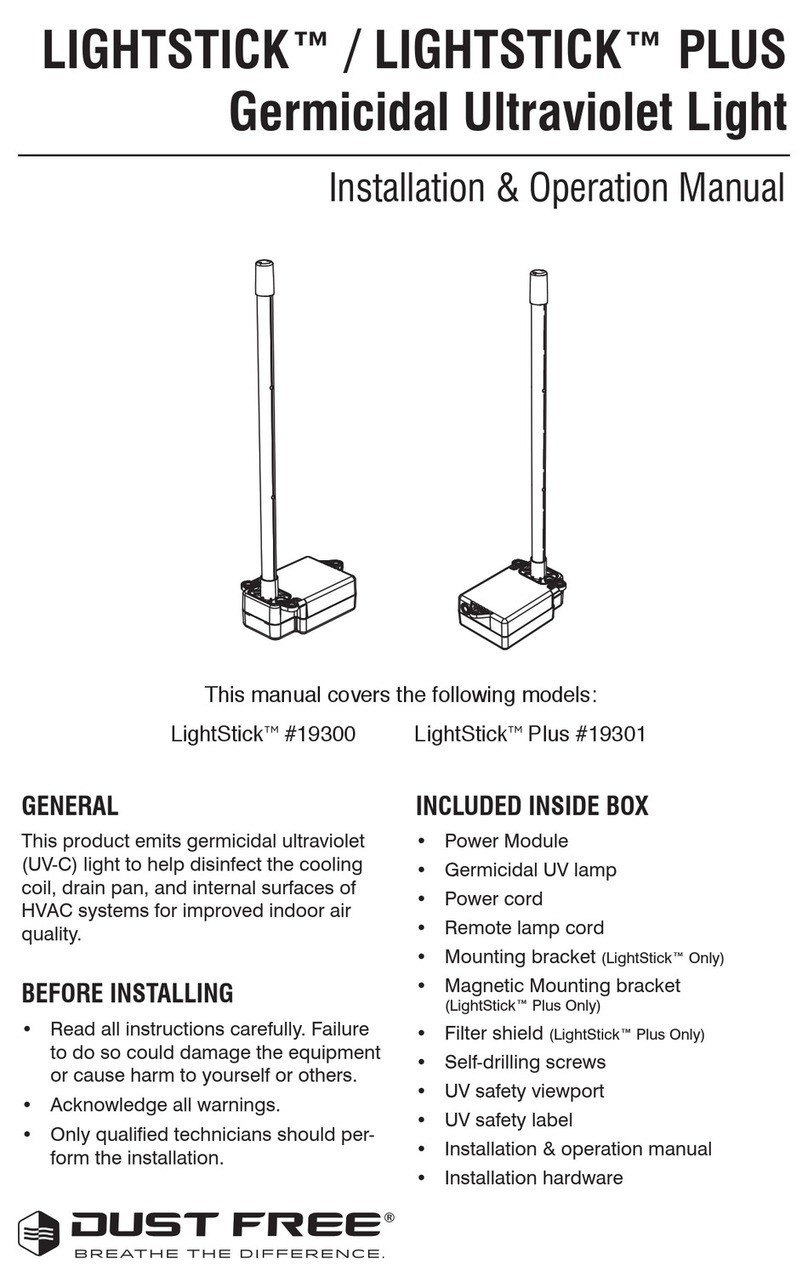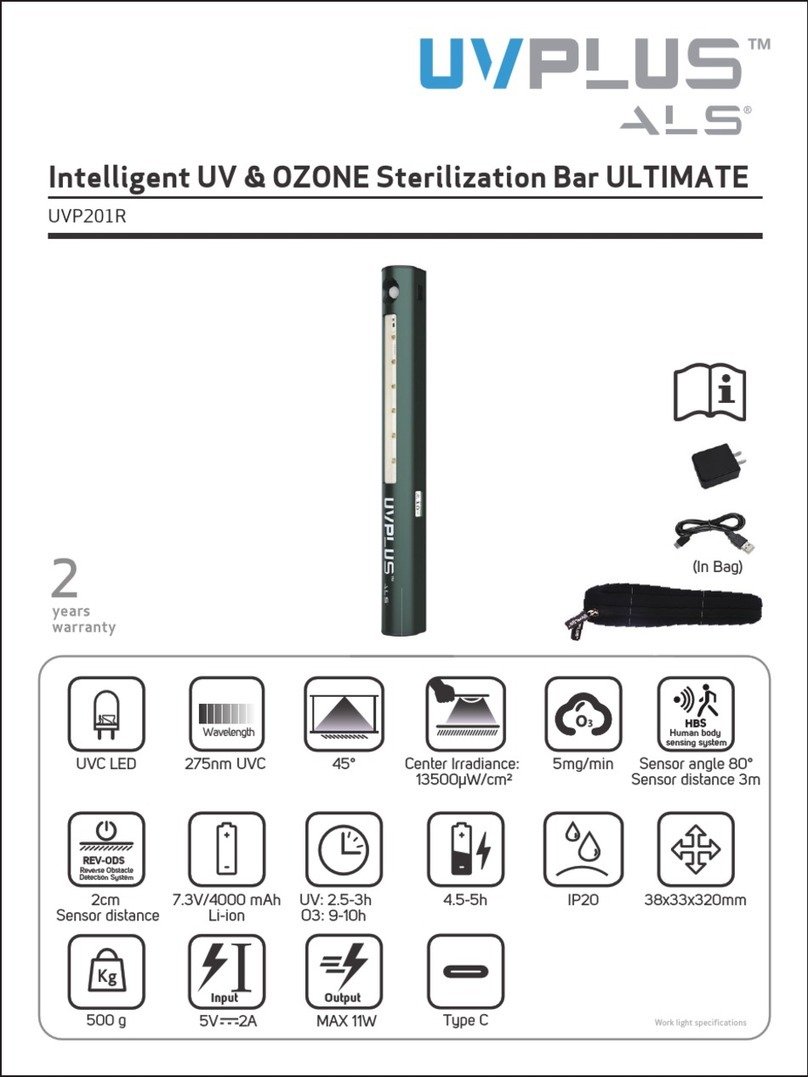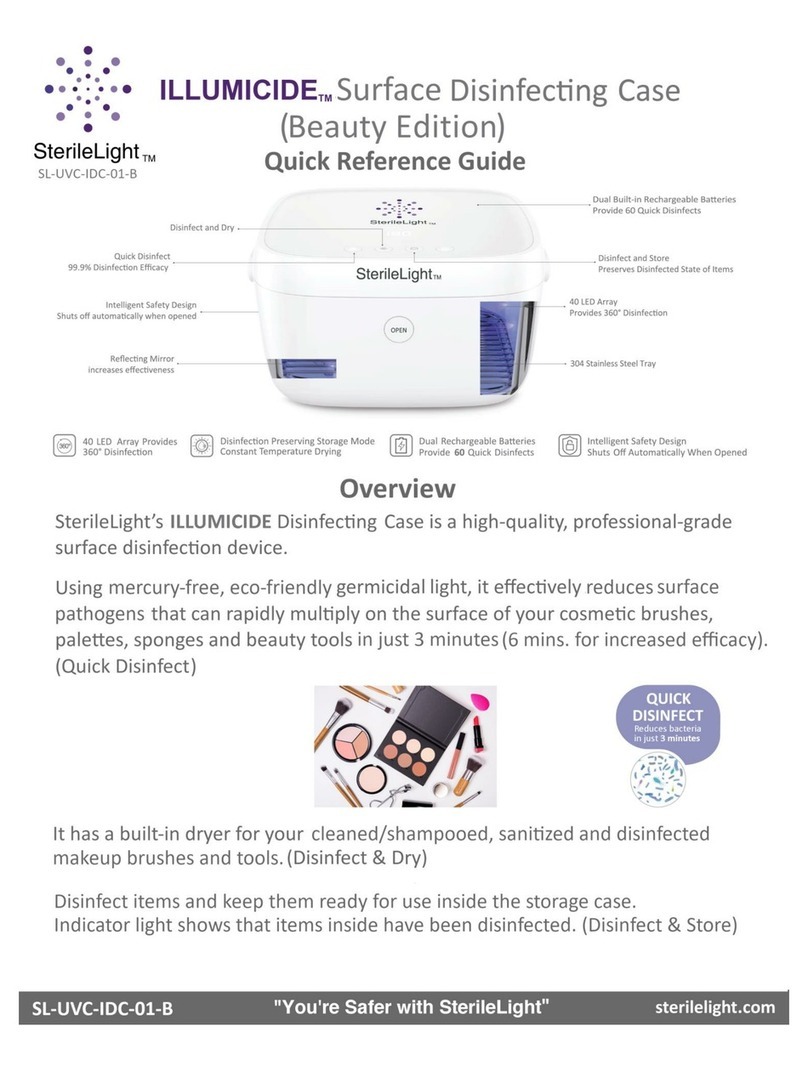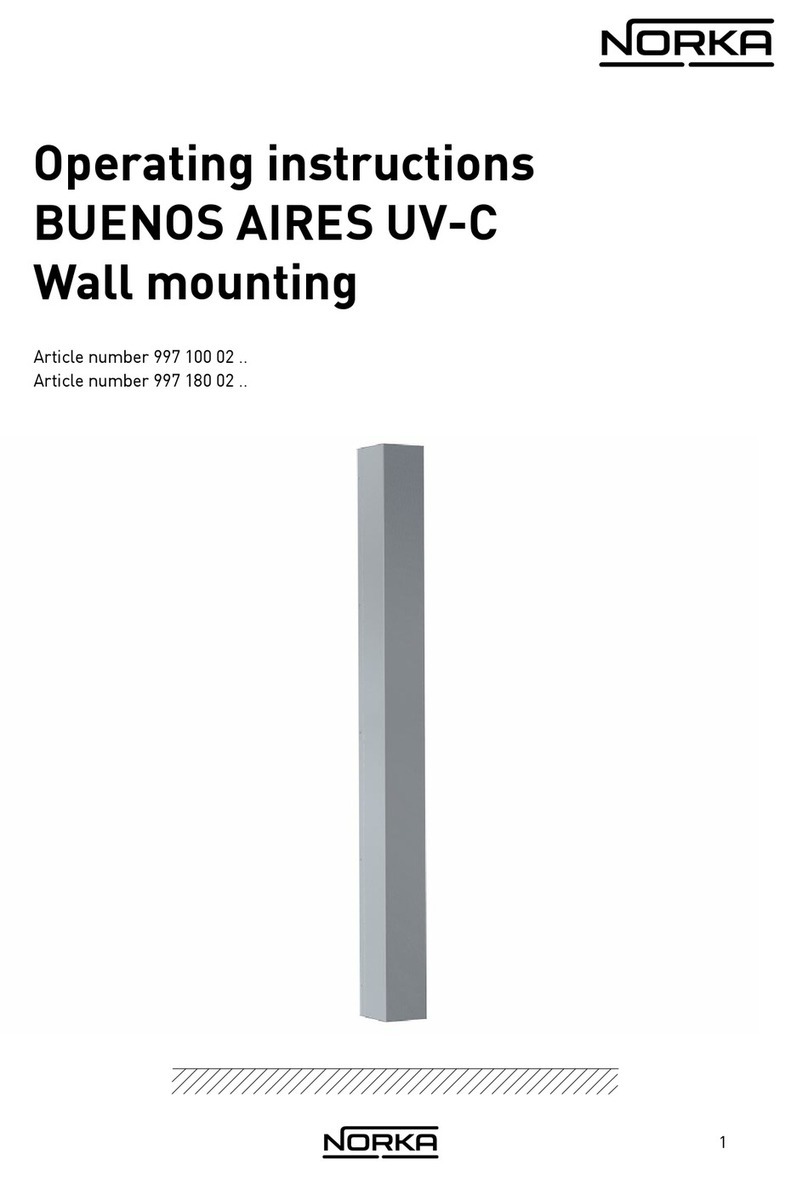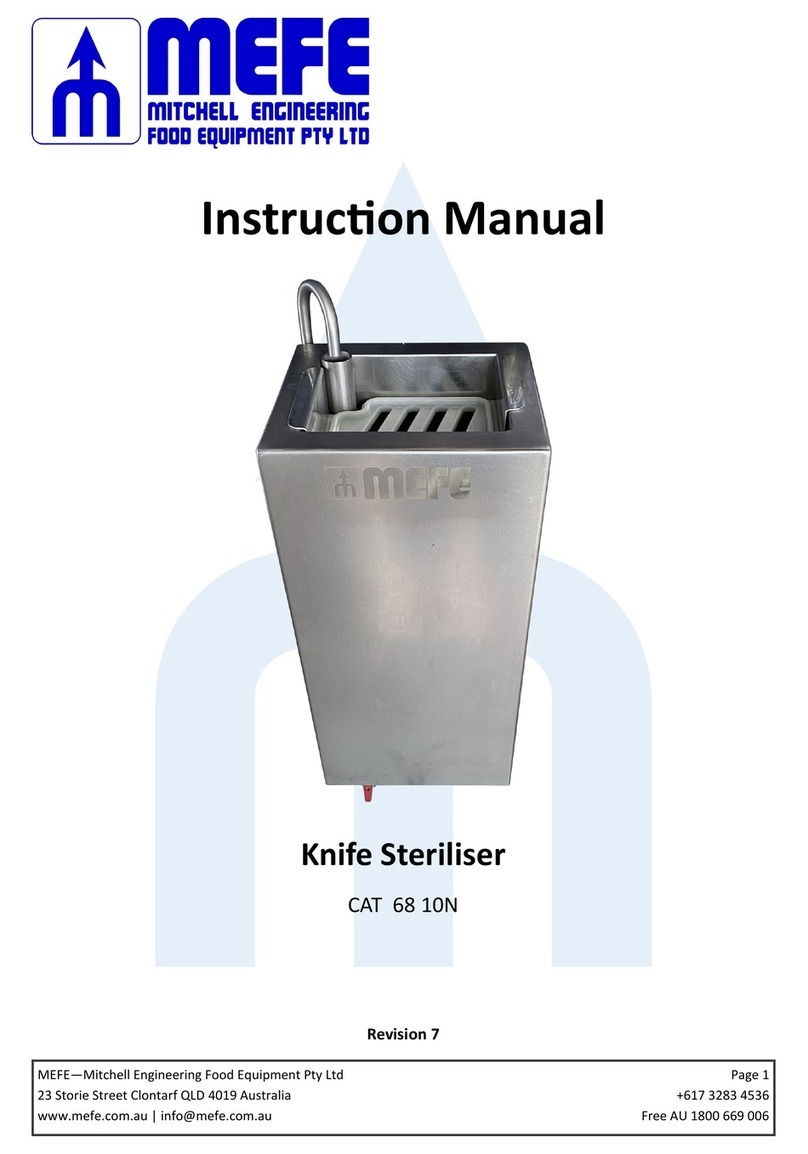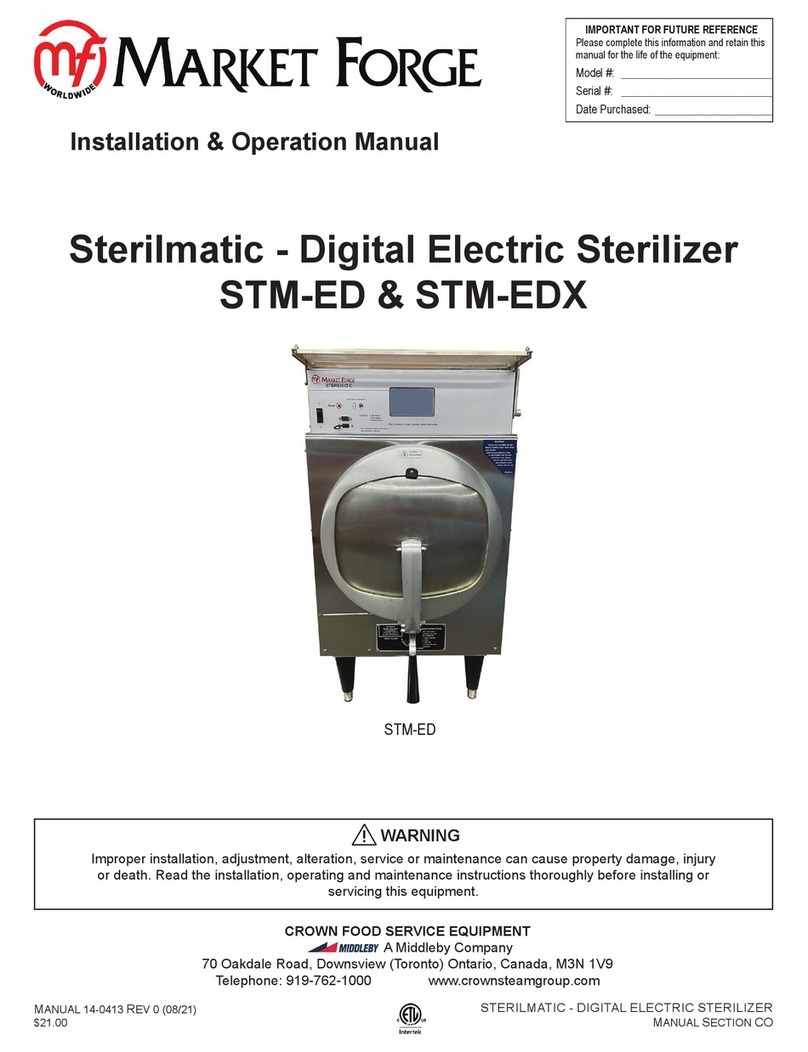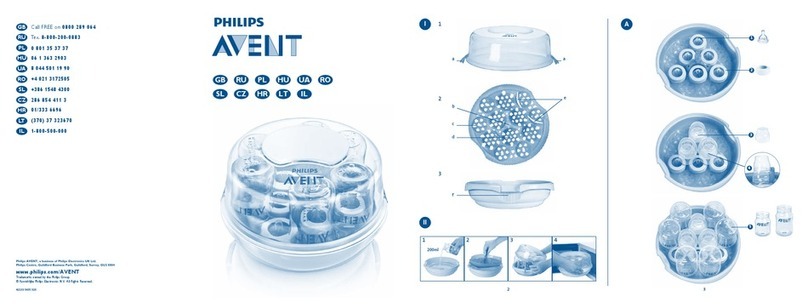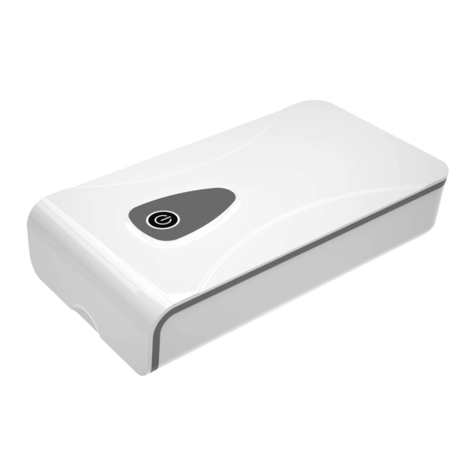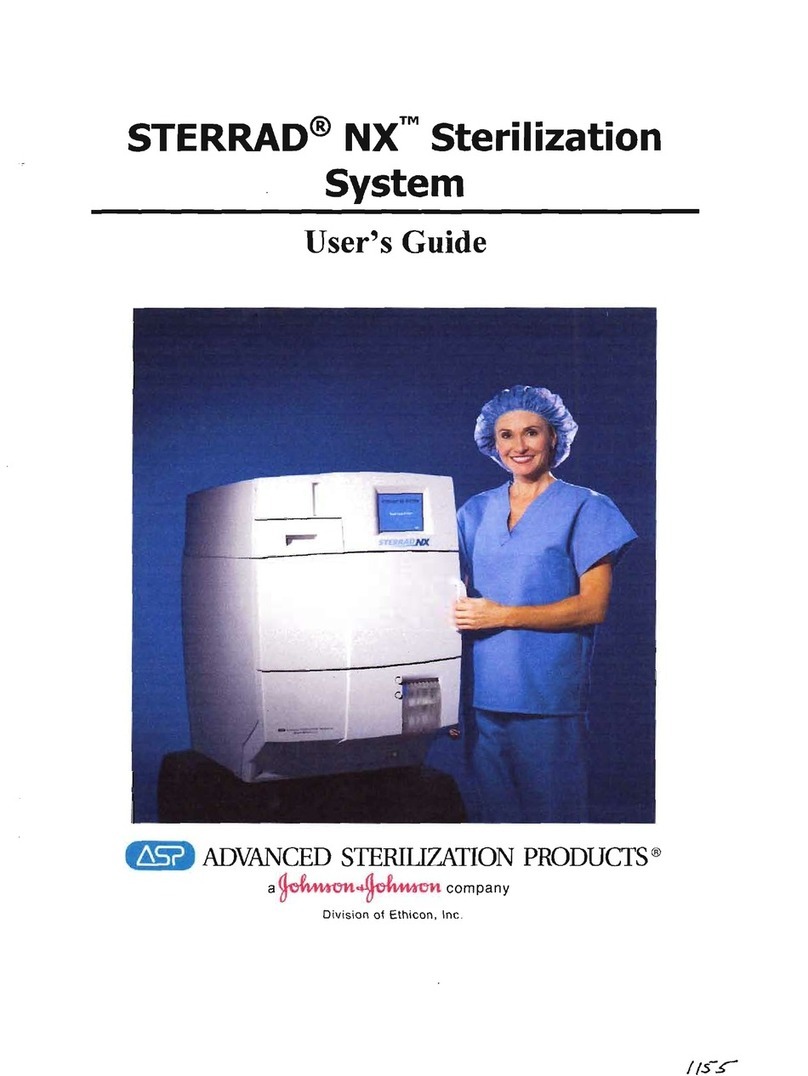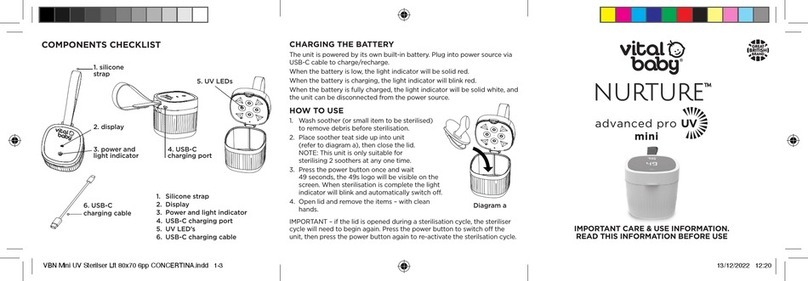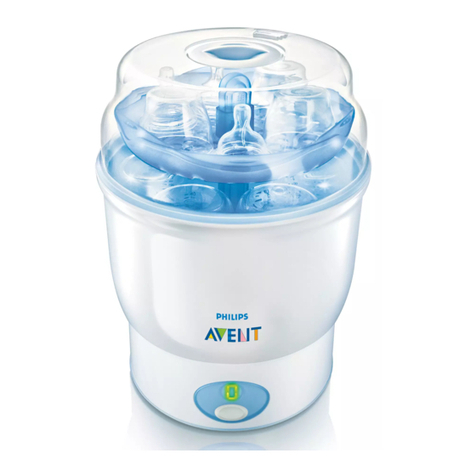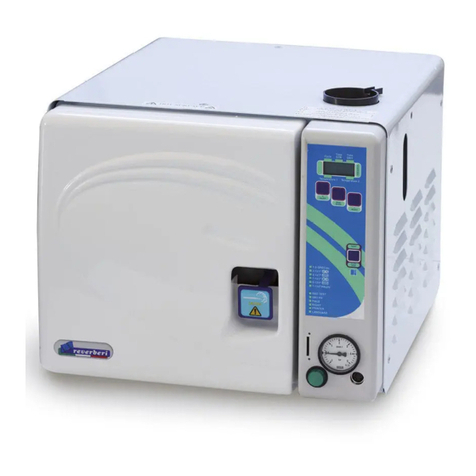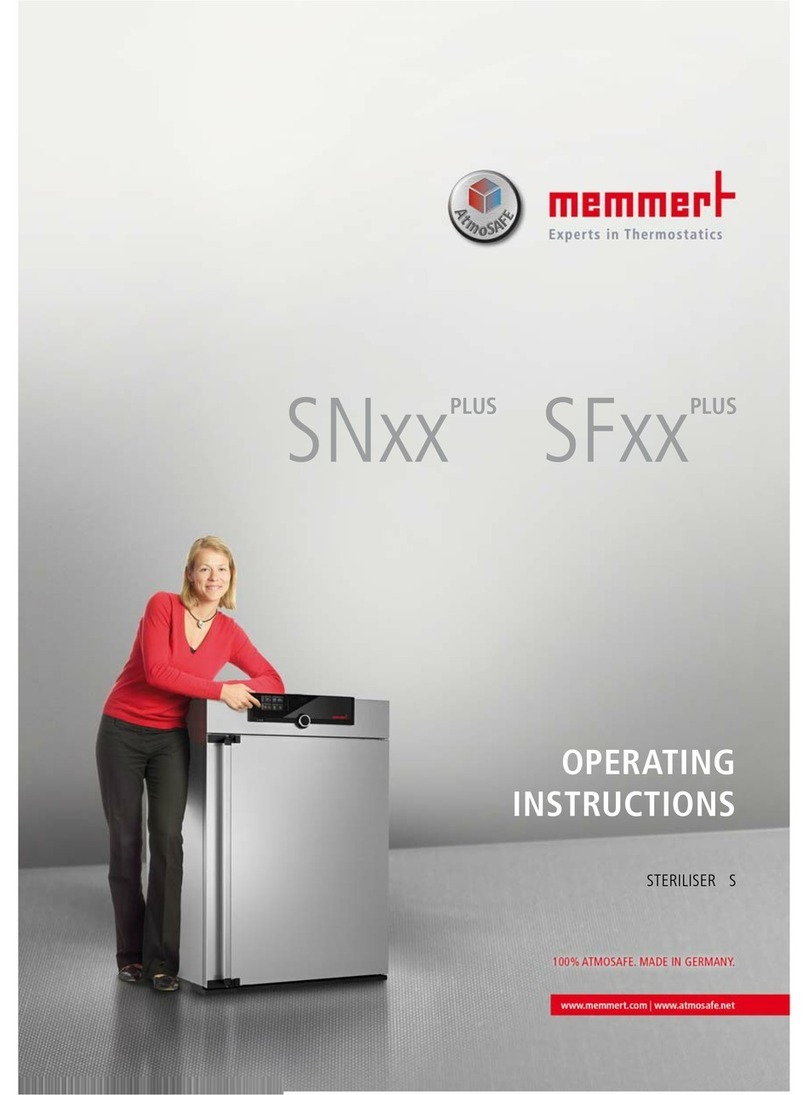MEFE—Mitchell Engineering Food Equipment Pty Ltd
23 Storie Street Clontarf QLD 4019 Australia
Page 9
+617 3283 4536
Free AU 1800 669 006
4.5 Cleaning Guide
When using stainless steel furniture and equipment, a layer of chromium oxide present on the steel surface must
be taken care of. Compounds used in food industry which disturb the passive layer (chromium oxide) include com-
pounds containing chlorides – salt, disinfectants and acids (water from sauerkraut, cucumbers, acid juices, vinegar,
etc.). Water is the most eecve neutraliser of chlorides and weak acids.
Cleaning should remove dirt and sediments, which le for too long on a stainless steel surface may iniate corro-
sion and tarnishing of the surface. In a highly contaminated or aggressive environment (seaside towns, rooms of
increased humidity and temperature, rooms requiring frequent use of disinfectants, in parcular containing chlo-
ride compounds), cleaning should be done more frequently.
In order to prevent a surface of stainless steel equipment from being destroyed due to inappropriate maintenance,
the following guidelines should be complied with:
The following should not be used: agents containing chlorides and bleach or – under any circumstances - silver
cleaners.
- Steel wool, sand paper, rough cleaners, scouring, grinding and polishing powders, etc. are not to be used as they
scratch the surface.
Steel pads for scouring or wire brushes can not be used – they can leave sediments of carbon steel on the surface
which will eventually lead to material rusng.
First discolouraon and dusts appearing during material use can be removed with a regular piece of cloth, chamois
leather or a nylon sponge in case of higher contaminaons.
If iron parcles generated during installaon, etc. appear on stainless steel components, they should be immediate-
ly removed. Such parcles corrode, thus they can break the passive layer protecng stainless steel, leading to cor-
rosion as a result. Such sediments should be removed mechanically or with stainless steel cleaning agents.
- If there are pits on a component, they should be pickled with acid or removed mechanically.
- Local discolouraon, grease marks – if small, they can be removed with soap water.
- Products for cleaning stainless steel and alcohol-based preparaons can be used for cleaning – they do not pose a
threat to the corrosion properes of stainless steel.
- Aer cleaning, it is always recommended to polish the surface with a dry piece of cloth.
The table below presents the most frequent types of contaminaons and methods of handling:
Contaminaons Cleaners
Finger marks Water with soap and detergent
Glass cleaning agents without chlorides
Lime sediment Vinegar-water soluon
Oil and greases Alcohol-based agents (only with methyl alcohol, isopropyl alcohol)
Solvents, e.g. acetone
Paints Agents for removing paint coang, based on alkaline compounds or solvents.
Cement and mortar Solvent containing a small amount of phosphoric acid, then water
Iron parcles At an early stage – mechanically
If pits appear—with pickling and passivang pastes
